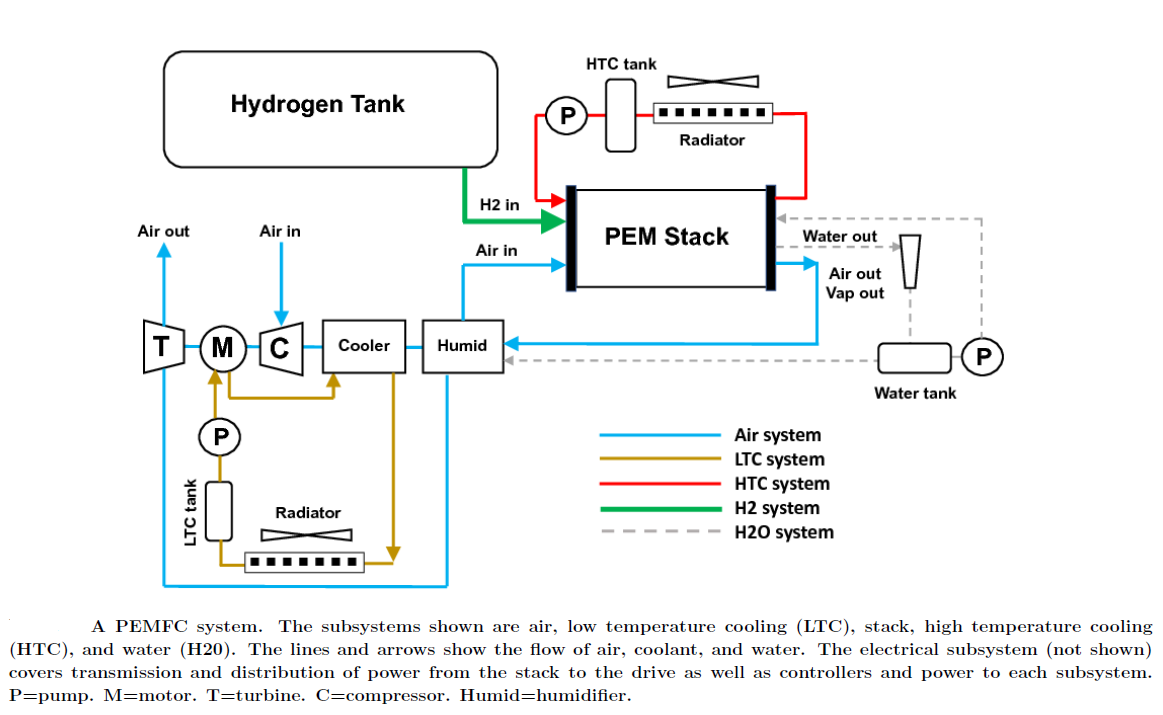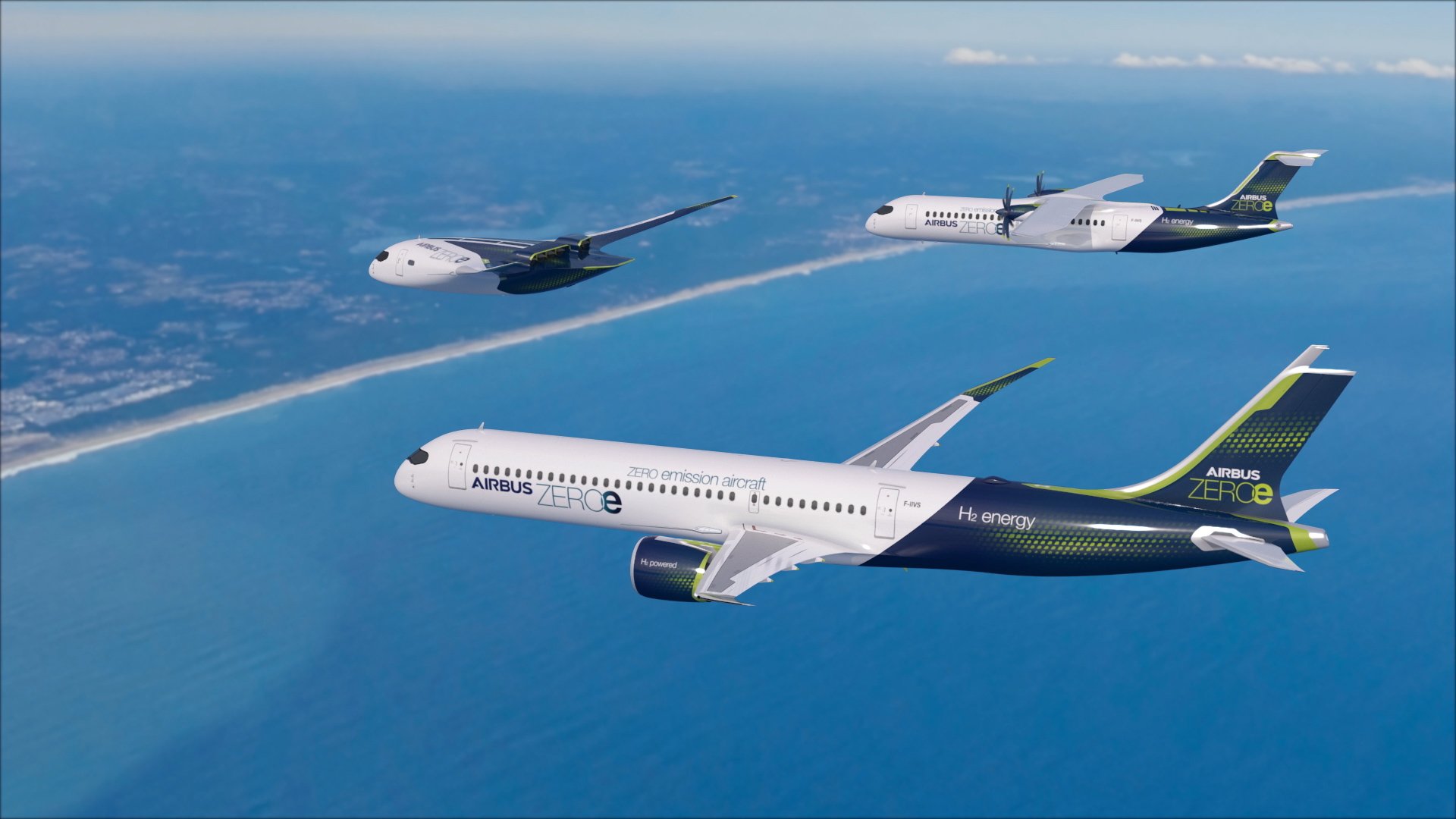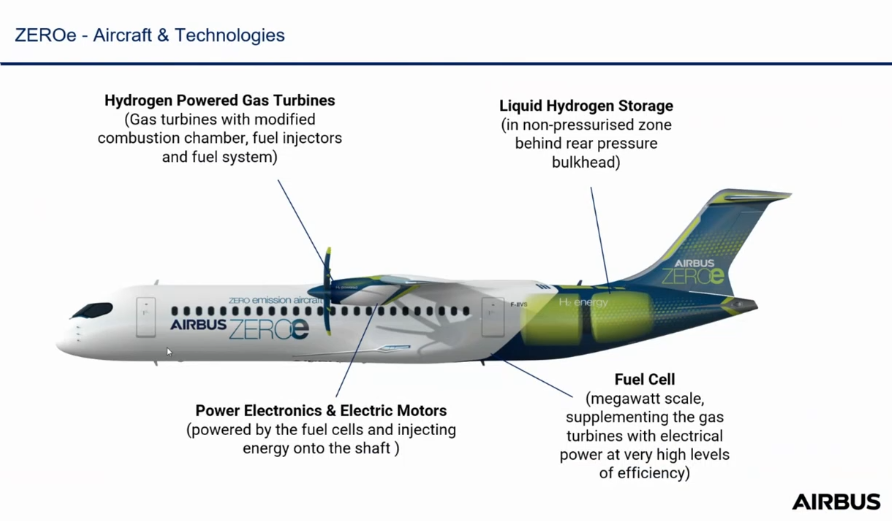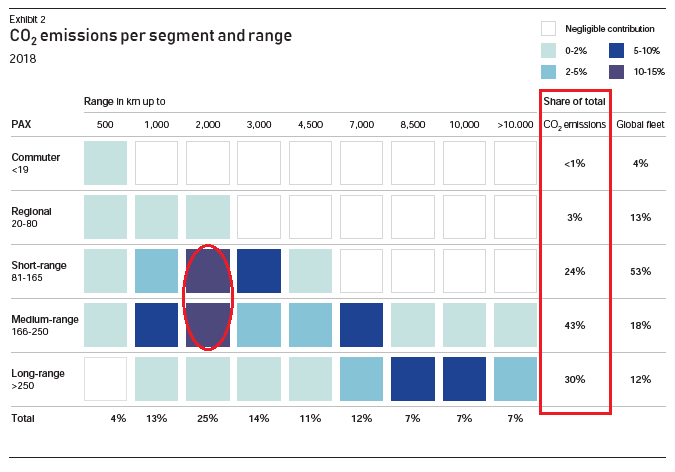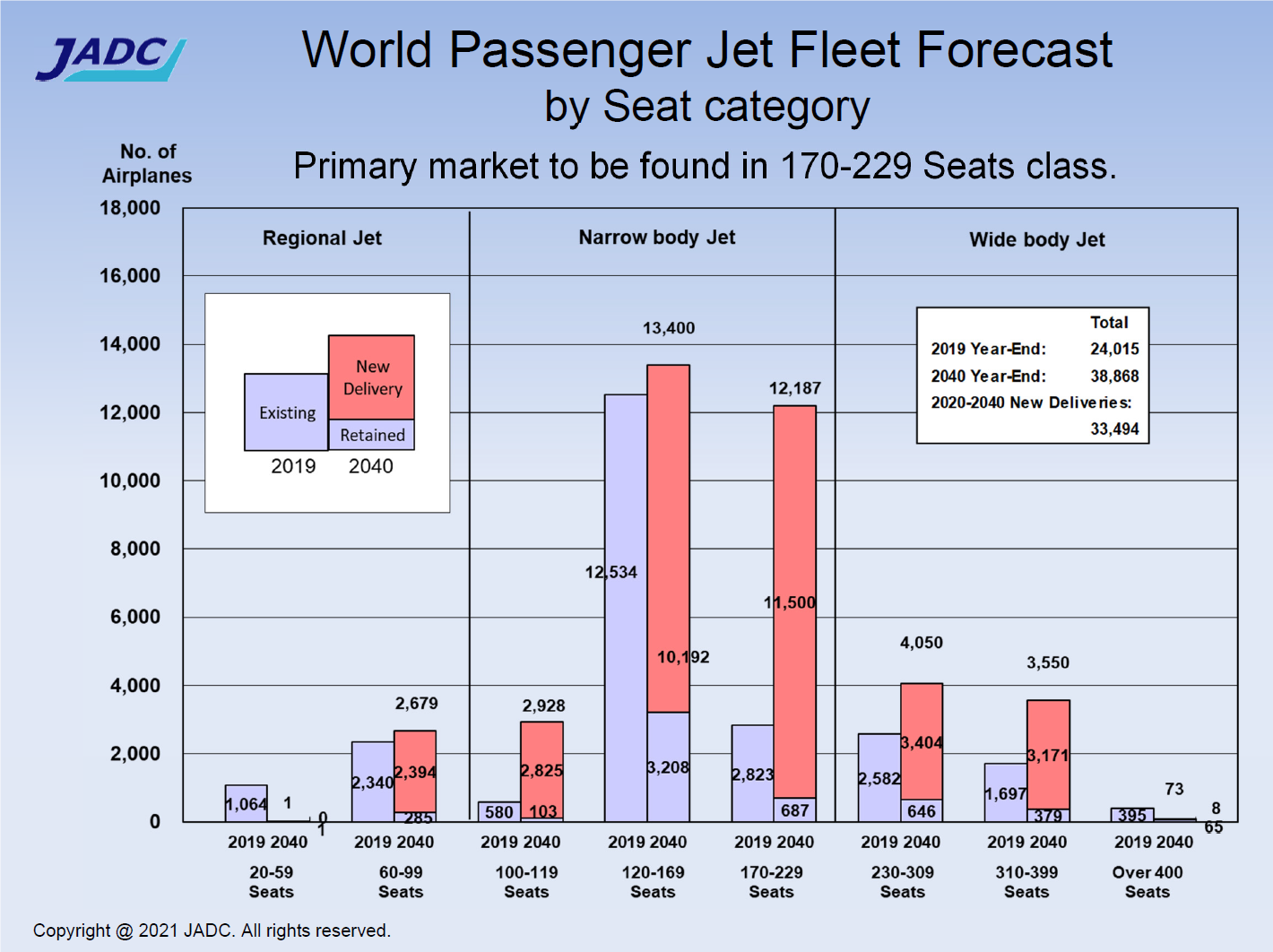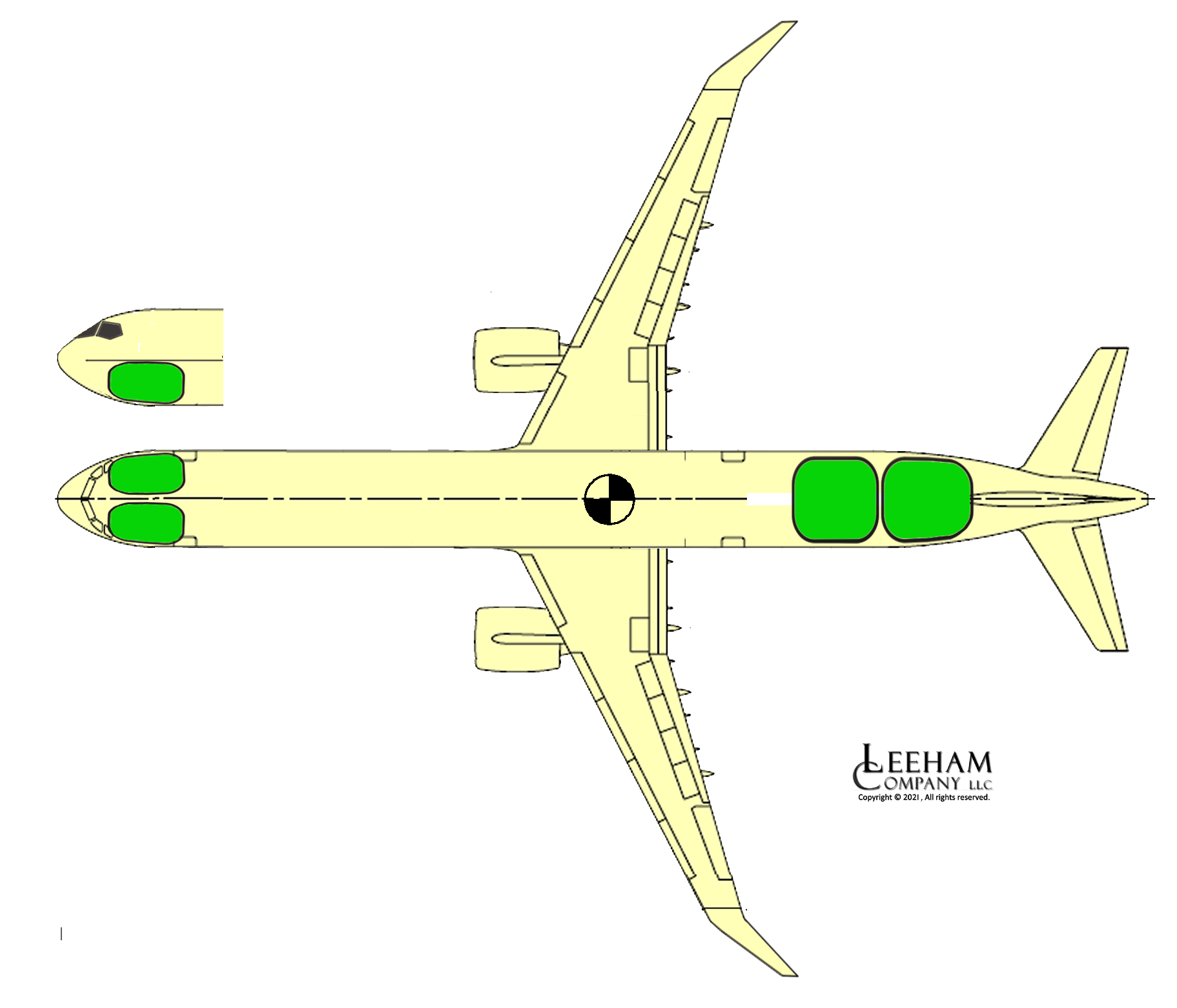Leeham News and Analysis
There's more to real news than a news release.
Bjorn’s Corner: Sustainable Air Transport. Part 22P. Fuel Cell system efficiency and mass. The deeper discussion.
Subscription required
June 3, 2022, ©. Leeham News: This is a complementary article to Part 22, Fuel Cell system efficiency and mass. It analyses the power, loss, mass, and efficiency consequences of the different fuel cell architectures described in the main article.
Bjorn’s Corner: Sustainable Air Transport. Part 21. Fuel Cell system design
May 27, 2022, ©. Leeham News: Last week, we looked at the power levels we need in a fuel cell and electric motor system. We listed the required powers and durations for takeoff, climb, and maximum continuous power levels for a 70-seater turboprop.
Now we go deeper into the fuel cell system design, looking at system powers and thermals.
Bjorn’s Corner: Sustainable Air Transport. Part 20. Dimensioning the Fuel Cell system
May 20, 2022, ©. Leeham News: Last week, we looked at the principal parts of a Fuel Cell-based propulsion system. We need a fuel cell that converts hydrogen to electric power and then an inverter and electric motor that drives the fan, Figure 1.
The fuel cell system is the complicated and heavy part of this setup. Let’s look at how we size such a system.
Bjorn’s Corner: Sustainable Air Transport. Part 19. Fuel Cell propulsion systems
May 13, 2022, ©. Leeham News: Last week, we looked at advanced developments for hydrogen-burning gas turbines.
Now we look at the alternative hydrogen-based propulsion system, which uses a Fuel Cell to convert the energy in hydrogen to electric power that drives motors to spin propellers or fans, Figure 1.
Bjorn’s Corner: Sustainable Air Transport. Part 18. Advanced Hydrogen Gas Turbines
May 6, 2022, ©. Leeham News: Last week, we looked at how we create the shaft power for the thrust device we discussed before. We described the basics of a hydrogen-burning gas turbine alternative.
When we have liquid hydrogen as fuel, several advanced developments are possible. It’s what we look at now.
Bjorn’s Corner: Sustainable Air Transport. Part 17. Gas Turbine Propulsion
April 29, 2022, ©. Leeham News: Last week, we looked at the thrust generating device that aircraft propulsion systems use. We could conclude that independent of how we create the shaft power, we can choose different thrust technologies with desired characteristics. A propeller, open fan, or fan in nacelle covers different speed ranges and efficiency profiles.
Now we look at how we generate the shaft power for these devices. We start with the hydrogen-burning gas turbine alternative.
Bjorn’s Corner: Sustainable Air Transport. Part 16. Thrust generation
April 22, 2022, ©. Leeham News: Last week, we examined propulsion system alternatives and their principal advantages and disadvantages. Now we go deeper into these alternatives.
All propulsion systems for aircraft use a propulsion device like a propeller or a fan to generate forward thrust. We use this article to understand how these work and their characteristics before we go into how we create the shaft power to drive them.
Bjorn’s Corner: Sustainable Air Transport. Part 15. Hydrogen propulsion system choices.
April 15, 2022, ©. Leeham News: Last week, we examined different airliner types’ power requirements and the importance of their size classes in the market.
Now we look at what propulsion system alternatives are available when using hydrogen as the energy source and their principal advantages and disadvantages.
Bjorn’s Corner: Sustainable Air Transport. Part 14. Propulsion system requirements.
April 8, 2022, ©. Leeham News: Last week, we discussed the architecture of a liquid hydrogen fuel system. We now start looking at the propulsion system of a hydrogen aircraft.
Before discussing how a propulsion system is done, we must understand what power requirements different airliner types have and the importance of these types in the market.
Bjorn’s Corner: Sustainable Air Transport. Part 13. Hydrogen fuel system and APU.
April 1, 2022, ©. Leeham News: Last week, we looked at how to store hydrogen in an aircraft. We could see the gaseous storage of hydrogen is too heavy other than for demo systems and extreme short-haul. For practical airliners, liquid hydrogen is the solution.
Now we look at what this means for the aircraft fuel system and how to configure a suitable Auxiliary Power Unit, APU.



